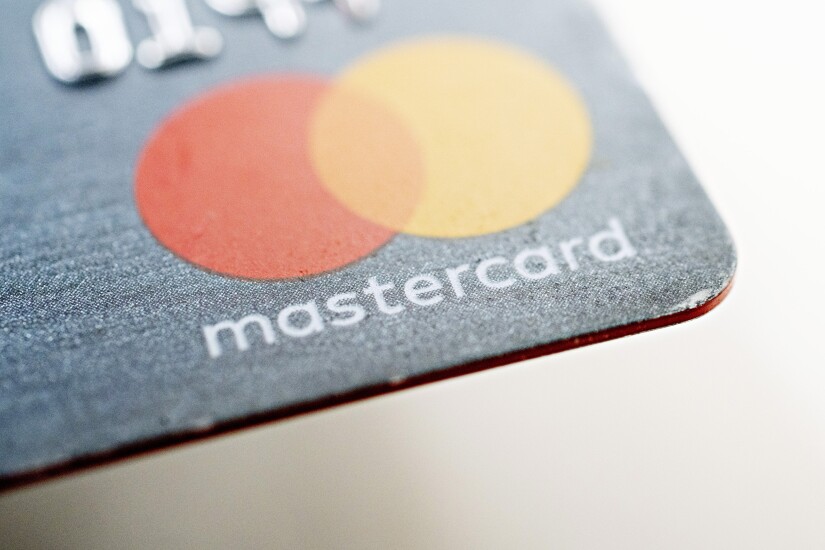Transit payments are picking up speed, literally, as multimodal ticketing, booking and payment become the ultimate prizes for companies looking to meet consumers where they ride.
The captive and habit-forming nature of transit has long made it a target for payment technology. What’s new in just the past few weeks is how the trend is moving far beyond the car, train, bus and car-sharing app. Transportation in 2019 has become a full portal to financial services—and a way to centralize urban movement at the same time.
Here are five major transportation developments that are designed to connect digital ticketing to a much larger world of digital ID, commerce and financial inclusion.










